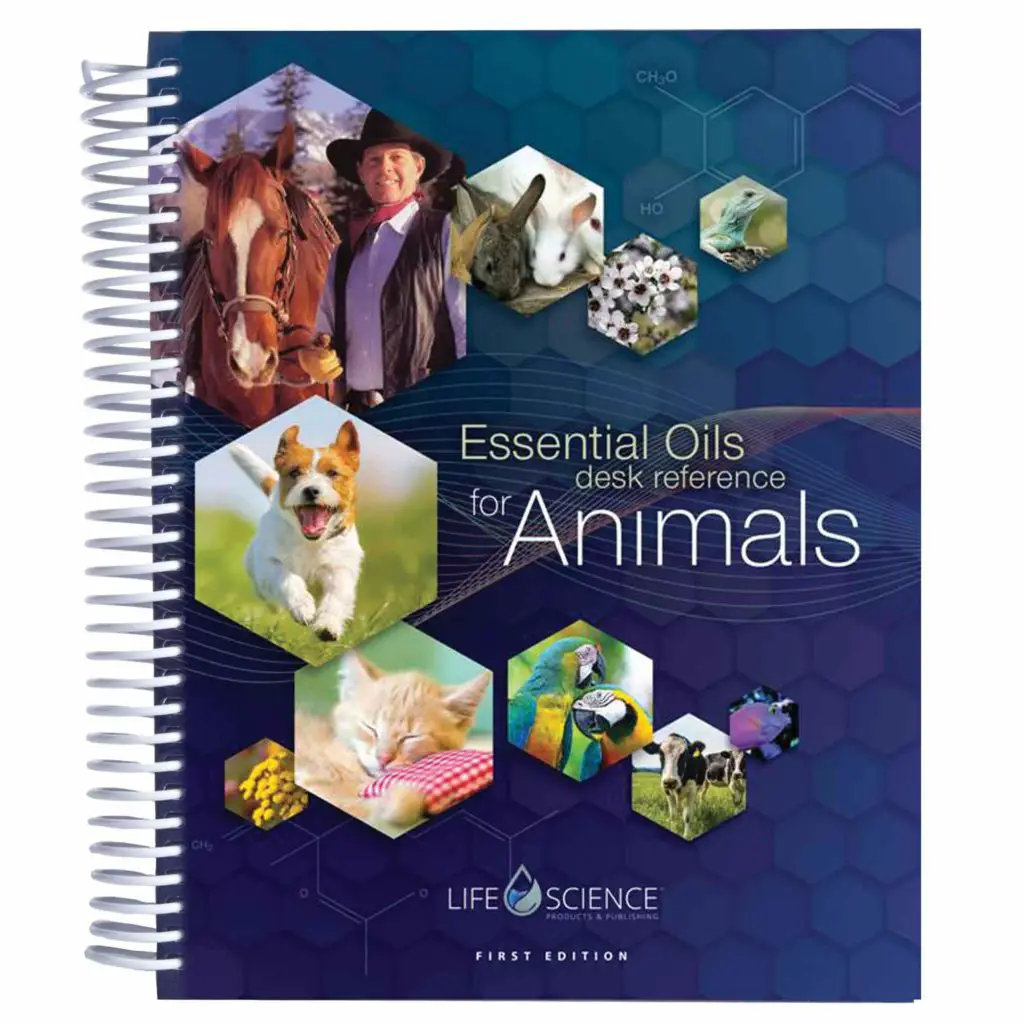When you share your life and living space with pets, you may think it natural to share everything else with them too, such as your food, beverages, or even medicines like aspirin. While most things in our cupboards may be safe to share with our four-legged friends, certain things are not, like the previously mentioned aspirin for example, or foodstuffs such as grapes and chocolate. While many dog lovers consider these items as possibly toxic to their dogs, others share with little or no harm done. Generally, it is assumed that a good pet owner has at least a basic knowledge of possible harmful substances in the home they share with animals. These substances may include the oils we use in aromatherapy. This brief article looks at whether essential oils cause seizures in dogs and the signs of essential oil toxicity in dogs.
Symptoms of essential oil toxicity in dogs
Essential oils are very different from usual oils, such as olive, sunflower, or coconut oils. They have concentrated plant compounds that are considered highly volatile. This is because these oils can change from a liquid state to a gaseous state almost instantly. Each essential oil has different chemical constituents which may be potentially hazardous to your pet’s health. The volatile compounds may be lovely to use in aromatherapy, but beware, while all seem very harmless to you, your pet may be suffering from symptoms of essential oil toxicity.
It is not recommended for dogs to either take essential oils by mouth or in their food. Oral intake may cause vomiting, diarrhea, and central nervous system depression, which in turn may result in decreased heart and breathing rate. Essential oils can cause seizures in dogs in large doses. It’s worth noting, that there are quite a number of essential oils that are potentially harmful to your dog, however, these 4 popular essential oils may pose the greatest risk:
Tea tree oil (Melaleuca oil)
This oil is one of the big offenders when it comes to toxicity in dogs. Generally, pet owners mean well when they use Tea tree oil to treat their dog’s skin condition or manage flea infestations. While a diluted amount of Tea tree oil may be considered safe in a Dog Shampoo, applying a highly concentrated essential oil neat unto the skin may result in signs of essential oil toxicity in dogs. These may include skin irritation, depression, low body pressure, unstable and wobbly gait, vomiting, and paralysis of rear legs.
Pennyroyal (Mentha Pulegium)
Like Tea tree oil, this essential oil is often used by pet owners to manage flea infestations and as an insect repellent. Both topical application and internal digestion may result in symptoms of essential oil toxicity in dogs, such as Hepatic necrosis or liver damage. Watch out for lethargy, vomiting, and diarrhea. Death can also result. Urgent veterinary care will be needed. All dogs, big and small should avoid Pennyroyal.
Oil of Wintergreen (Gaultheria Procumbens)
Another no-no for dogs is the oil of wintergreen that contains methyl salicylates or more commonly known as aspirin. Aspirin toxicity in dogs may often show up as severe gastrointestinal upset and ulcers. Watch out for signs of vomiting. Seek the help of a vet immediately to avoid liver and renal failure.
Pine Oils (Pinus sylvestris or Scots Pine)
Known for its disinfecting and antibacterial properties, this essential oil may be found in household cleaning products, deodorizers, and massage oils. Dermal, as well as oral exposure in dogs, may lead to skin or gastrointestinal upset, ataxia as well as renal and liver damage. Watch out for vomiting and diarrhea that is bloody. Seek urgent care to avoid symptoms getting worse.
Other essential oils that may be potentially harmful to dogs include camphor, ylang-ylang, and rosemary oils.
See below for further signs of essential oil toxicity in dogs:
- Diarrhea
- Depression
- Dermatitis
- Difficulty in walking
- Drooling
- Hypothermia
- Lethargy
- Low blood pressure
- Muscle tremors
- Pawing at the face or mouth
- Redness or swelling on gum, lips, skin or tongue
- Seizures
- Trembling
- Twitching
- Vomiting
- Weakness
Remember that not all signs of toxicity show up immediately. It may take between 3 to 4 days to appear and sometimes even months. Because you do not see signs of poisoning straight away does not mean that your pet is not affected. Although there does not exist at this stage any sound scientific evidence that a specific essential oil can cause seizures in dogs, however powerful and strong smells can trigger such an attack.
Take these precautions to avoid essential oil toxicity in dogs
- Get to know your dog’s general health status. Remember that all dogs are diffrent in terms of their size, age and overall health.
- Be mindful that some pets may be allergic to specific oils more than others. Cats may be especially sensitive to essential oil diffusion.
- Know that essential oils can be harmful if taken internally or given in large amounts.
- If using essential oils for aromatherapy or diffusing, make sure the room has ample ventilation. Always leave a door or window open for the animal in order to move freely. Never leave your home with the diffuser on and your pet inside.
- Essential oils should never be given orally or added to the pet food.
- Don’t use essential oils on your dog if it is also wearing a dermal flea patch or on any topical medication.
- Remember that oils applied to the animal’s skin may be ingested by licking during the animal’s self-grooming
- Only use the best therapeutic-grade essential oils. Synthetic oils are substandard and may cause problems.
- Dilute, dilute, dilute for topical use. Even when using essential oils with a diffuser, dilute even more. If you normally use 4 to 5 drops, cut down to 2 to 3.
- Apply the oil at the base of the neck where the animal can’t reach
- Do not allow your pet to lick your skin after dermal application.
- If a dermal reaction occurs, quickly dilute with a carrier oil. It should be better within 24 to 48 hours. If there are signs of distress, discontinue the use of essential oils immediately.
- Essential oil use on animals remains a controversial subject. It is prudent to chat with a vet who is knowledgeable about essential oils before treating your dog with it or even just using a diffuser in the home.
We choose
Essential Oils Animal Desk Reference | 2017
by Young Living essential oils (Author), Life Science Publishing (Contributor)

What to do if you see signs of essential oil toxicity in dogs?
At the slightest sign of discomfort, discontinue all use of essential oil immediately Your dog may be trying to tell you through vocalization, rubbing its face, or squinting. Watch out for any of the symptoms listed above in this article for signs of distress.
If you notice any signs of essential oil toxicity in dogs, call the Pet Poison Helpline at (855) 764-7661 or the ASPCA Animal Poison Control Center at (888) 426-4435. Alternatively, contact your own vet.
Last thoughts on whether essential oils cause seizures in dogs
The use of essential oils is a hot topic as many experts in the field themselves disagree with each other. The jury is still out whether particular essential oils may cause seizures in dogs. Since the industry is largely unregulated, unsuspecting consumers often buy low-grade oil that may contain harmful synthetic additives. Not only is purity a consideration when using essential oils in your home when you have pets, but also the length of time you leave the diffuser on. Any dog owner would be well advised to tread carefully when using essential oils in the home when living with animals and be alert to any signs of essential oil toxicity in dogs. If you are interested in using essential oils on your pet, you may want to seek the help of a veterinarian who specializes in the use of essential oils. Search for one through the American Holistic Veterinary Medical Association.
Other enjoyed these articles too:
Which essential oils attract bees?
Will essential oils kill my plants?
Which essential oils are bad for birds?
How much vitamin C is in a lemon essential oil?
What are the symptoms of essential oil toxicity?
Cautionary note and disclaimer: Sunny Life Mag is a digital magazine for entertainment. The articles published are not here to diagnose or treat any animal health or medical conditions. Not any of these statements have been evaluated by the Food and Drug Administration or any veterinarian. Please consult a veterinarian with any animal health concerns you might have.
Affiliate Disclosure: Some of the links that appear on this site are affiliate links. We may receive a small commission when you make a purchase. These commissions help to improve this site and to fund further research. The buyer does not pay any commission whatsoever but is an arrangement between the supplier and this site. Our selection of products is carefully curated and includes only those products we believe in.
Photo by Karolina Grabowska from Pexels




